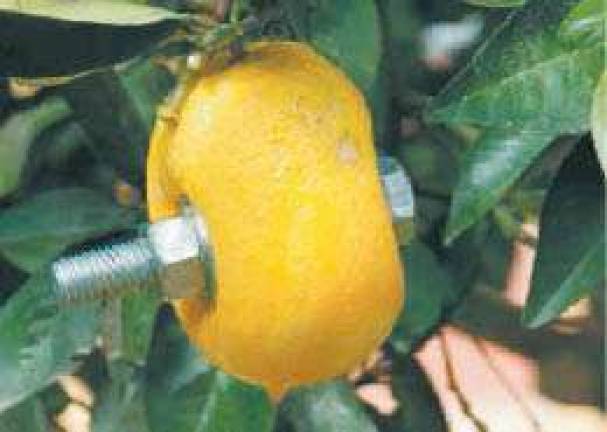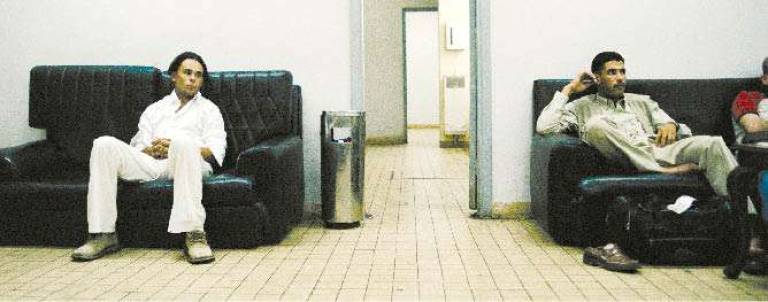The Art of Palestine


U.E.S. woman brings political interests to the Whitebox gallery
In 1986, around the time the Dead Sea Scrolls came to the Metropolitan Museum of Art, Mary Evangelista, a curator and New York-based art critic, traveled to Israel, bringing back the work of 67 Israeli artists to exhibit in New York City galleries.
Sixteen years later, when Israel was raising the wall in Israeli-occupied territories in Palestine, Evangelista went back to Israel with her son, a photographer for National Geographic. She saw rows of Palestinian people waiting in lines at military checkpoints, without shelter from the hot, midday sun.
In 2006, Evangelista, who is Jewish, formed ArtPalestine International, a nonprofit arts organization that promotes emerging Palestinian artists who live in both Palestine and abroad.
"I decided that I would bring some Palestinian artists to America," Evangelista, now 83, says from her living room on the Upper East Side. "I started bringing Palestinian artists the way I brought Israeli artists."
Since then, ArtPalestine International has partnered with other arts organizations in New York and Washington to provide a platform for Palestinian art. The organization's latest exhibition, "How Green Was My Valley," a mixed-media show highlighting increasingly experimental techniques, opens on Thursday, April 3 at Whitebox Art Center (329 Broome St.).
"There is a worldwide prejudice against Palestinians," Evangelista says. "It is being broken down little by little. I think the artists are doing the best job of it, going into shows here and there."
Included in the show are Taysir Batniji's photo slideshow, "Transit," featuring images of travel and passage between Egypt and Gaza, and "Have a Pleasant Stay!" Samira Badran's interactive recreation of an Israeli checkpoint.
"That's downstairs in my lobby," Evangelista says about Badran's large piece, which had just arrived.
Producing the show hasn't been without challenges, Evangelista says. She's still waiting for three pieces to arrive from Gaza, and had difficulty finding a venue in NYC to stage the exhibition.
"Most commercial galleries do not want to touch Palestinian art because they believed there would be no profit in it for them," Evangelista says. (Whitebox Art Center is a nonprofit art space.)
New York City-based artist Joseph Audeh, 24, was born in Florida but has a Palestinian passport, and has worked for arts organizations in both Palestine and Egypt. His piece for the show, "Machine for Raising Water," is a 3D-printed model of an ancient Middle Eastern irrigation tool called saqiya. Audeh's plastic version fits on a tabletop and will print at NYU.
"Saqiya, as it's called in Arabic, is sort of disappearing across the Middle East," says Audeh, who studied urban design and architecture at NYU. "It's kind of a project to resuscitate environmental knowledge around this technology, and also try to innovate and update and come up with a faster, cheaper, better one so people will still be inclined to use it."
Audeh is helping coordinate the show and hopes that it will interest even those without a connection to Palestine.
"We only see images of political instability, or hardship or violence, so that's the image that people get," Audeh says. "One thing that this exhibition does is try to change those sorts of dominant stereotypes."